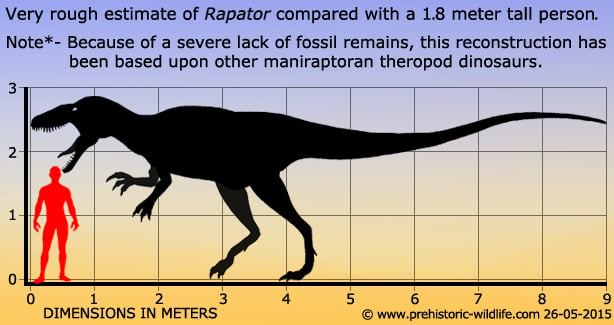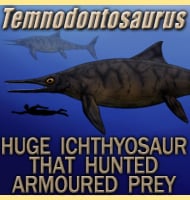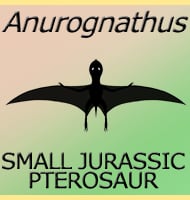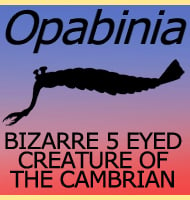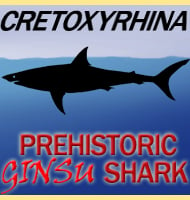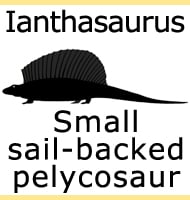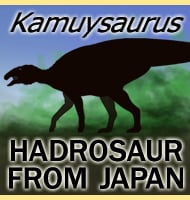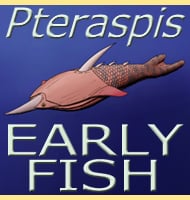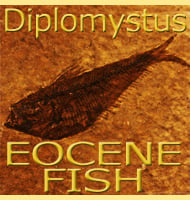In Depth
Australia would have had a lot of dinosaurs roaming around during the Mesozoic but the harsh conditions of the land mean that when dinosaur remains are discovered they are often very fragmentory and of a single bone. Thus Rapator is currently only known from a single small bone, kind of like other Australian genera like Ozraptor which is only known from a partial lower leg bone. One interesting thing of note about the Rapator specimen is that it has been opalised (turned into opal). Another Australian dinosaur called Kakuru, which coincidentally is also named after a single bone, has also had its fossil opalised.
The future of Rapator as a valid genus is by no means certain with many palaeontologists treating it as a nomen dubium. This is because it would be difficult to attribute further fossil remains to the genus upon the grounds that the existing fossil material is simply too little to go on. This bone was once considered to be similar to the dinosaur Ornitholestes in form which led to the species name of R. ornitholesoides which means ‘Ornitholestes-like’. But it was the discovery of Australovenator in 2009 that led to a clearer identification yet paradoxically greater uncertainty about Rapator. The finger bone of Rapator is very much like the known finger bones of Australovenator which suggest that Rapator was a megaraptorian theropod. However the finger bone is so similar that there has been suggestion that Rapator and Australovenator actually represent the same genus of theropod, something which if true could see Australovenator becoming a synonym to Rapator.
The problem with the above synonymy is that it is near impossible to be certain because of the low level of Rapator remains. Australovenator by contrast is also represented by very incomplete remains, but there is still substantially more of this dinosaur to compare future remains too. The only connections between Rapator and Australovenator that can be positively made is that they appear to be the same type of theropod, and were both active during the Aptian period of the Cretaceous. Another dubious genus of Australian theropod is Walgettosuchus, a dinosaur that is only known from an opalised vertebra and has also in the past been suggested as being the same as Rapator. Again however the lack of remains make a connection impossible to establish and the genus remains a nomen dubium.
Further Reading
Die fossile Reptil-Ordnung Saurischia, ihre Entwicklung und Geschichte [The fossil reptile order Saurischia, their development and history]. – Monographien zur Geologie und Palaeontologie, serie 1 4(1-2):1-361. – F. von Huene – 1932. – Morphological comparisons of metacarpal I for Australovenator wintonensis and Rapator ornitholestoides: Implications for their taxonomic relationships. – Alcheringa: an Australasian Journal of Palaeontology. – M. A. White, P. L. Falkingham, A. G. Cook, S. A. Hucknull & D. A. Elliot – 2013.
